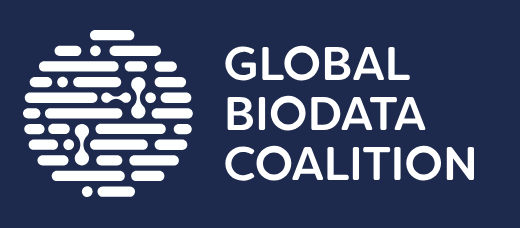The name of this superfamily has been modified since the most recent official CATH+ release (v4_3_0). At the point of the last release, this superfamily was named:
"Medium-chain alcohol dehydrogenases, catalytic domain
".
FunFam 143: Zinc-type alcohol dehydrogenase-like protein C1198...
Please note: GO annotations are assigned to the full protein sequence rather than individual protein domains. Since a given protein can contain multiple domains, it is possible that some of the annotations below come from additional domains that occur in the same protein, but have been classified elsewhere in CATH.
There are 0 GO terms relating to "molecular function"
The search results have been sorted with the annotations that are found most frequently at the top of the
list. The results can be filtered by typing text into the search box at the top of the table.
There are 2 GO terms relating to "biological process"
The search results have been sorted with the annotations that are found most frequently at the top of the
list. The results can be filtered by typing text into the search box at the top of the table.
| GO Term | Annotations | Evidence |
|---|---|---|
|
Cellular detoxification of nitrogen compound GO:0070458
Any cellular process that reduces or removes the toxicity of nitrogenous compounds which are dangerous or toxic. This includes the aerobic conversion of toxic compounds to harmless substances.
|
1 | Q9P6I8 (/IGI) |
|
Cellular response to nitrosative stress GO:0071500
Any process that results in a change in state or activity of a cell (in terms of movement, secretion, enzyme production, gene expression, etc.) as a result of a nitrosative stress stimulus. Nitrosative stress is a state often resulting from exposure to high levels of nitric oxide (NO) or the highly reactive oxidant peroxynitrite, which is produced following interaction of NO with superoxide anions.
|
1 | Q9P6I8 (/IGI) |
There are 1 GO terms relating to "cellular component"
The search results have been sorted with the annotations that are found most frequently at the top of the
list. The results can be filtered by typing text into the search box at the top of the table.
| GO Term | Annotations | Evidence |
|---|---|---|
|
Golgi apparatus GO:0005794
A compound membranous cytoplasmic organelle of eukaryotic cells, consisting of flattened, ribosome-free vesicles arranged in a more or less regular stack. The Golgi apparatus differs from the endoplasmic reticulum in often having slightly thicker membranes, appearing in sections as a characteristic shallow semicircle so that the convex side (cis or entry face) abuts the endoplasmic reticulum, secretory vesicles emerging from the concave side (trans or exit face). In vertebrate cells there is usually one such organelle, while in invertebrates and plants, where they are known usually as dictyosomes, there may be several scattered in the cytoplasm. The Golgi apparatus processes proteins produced on the ribosomes of the rough endoplasmic reticulum; such processing includes modification of the core oligosaccharides of glycoproteins, and the sorting and packaging of proteins for transport to a variety of cellular locations. Three different regions of the Golgi are now recognized both in terms of structure and function: cis, in the vicinity of the cis face, trans, in the vicinity of the trans face, and medial, lying between the cis and trans regions.
|
1 | Q9P6I8 (/HDA) |
